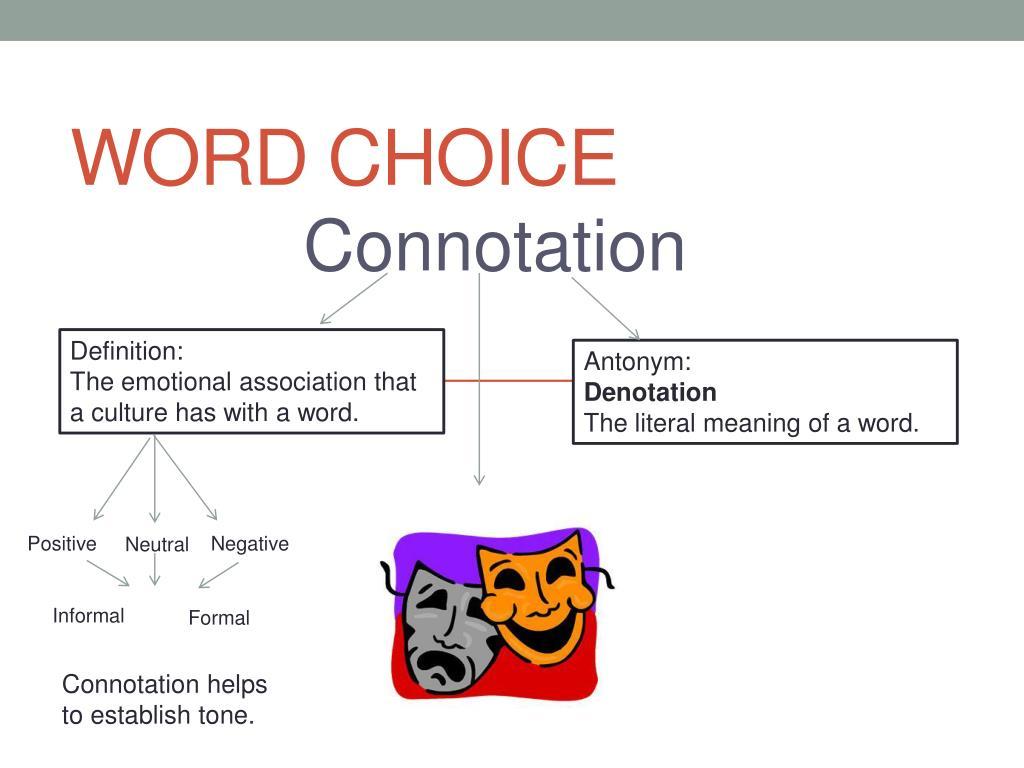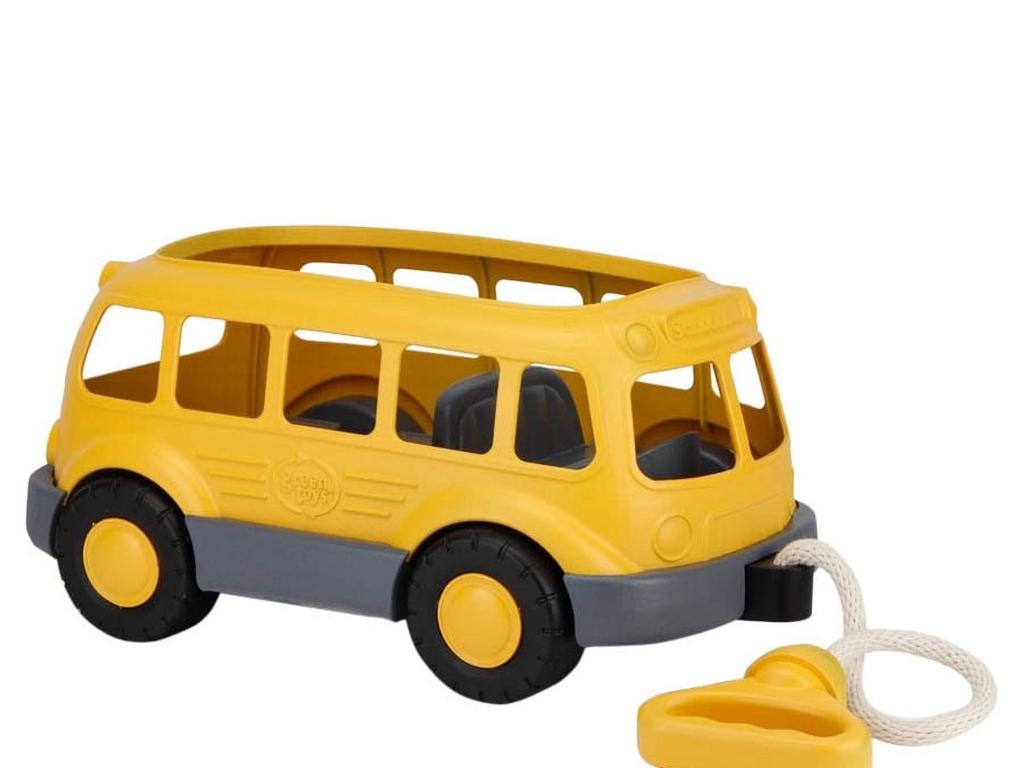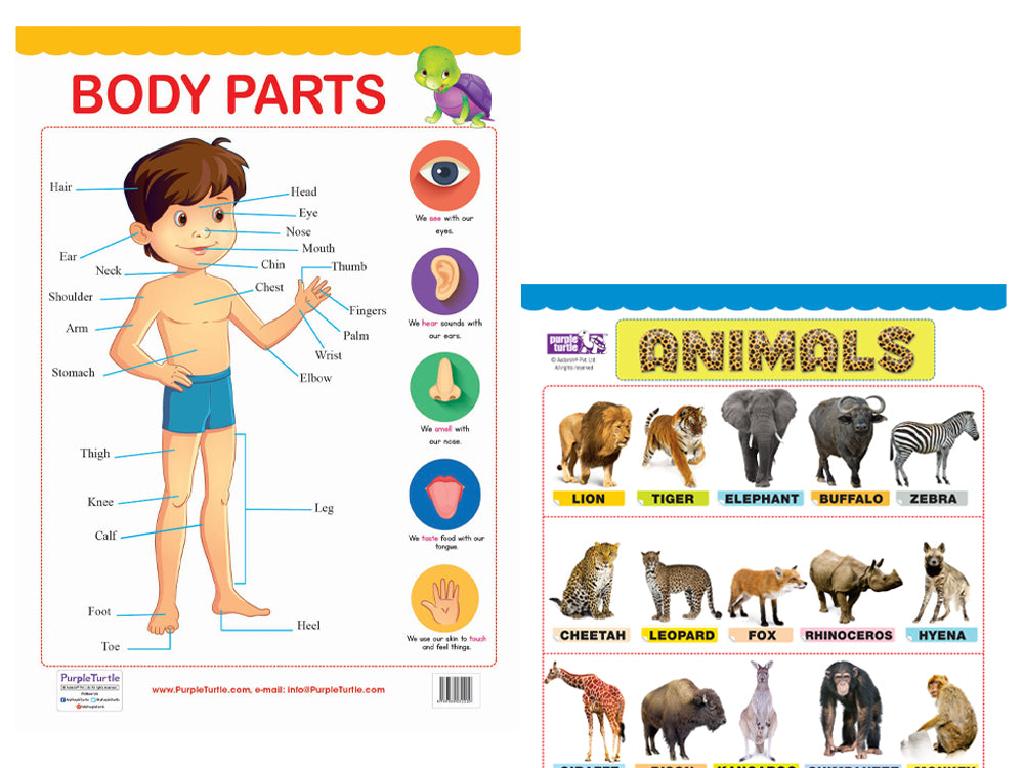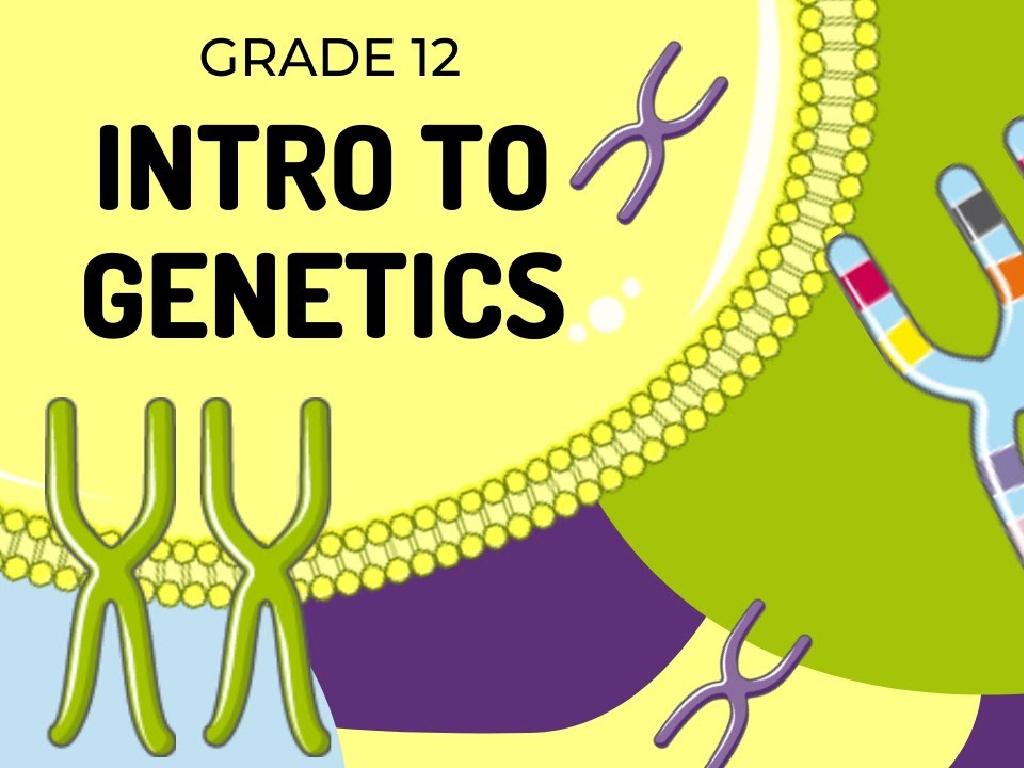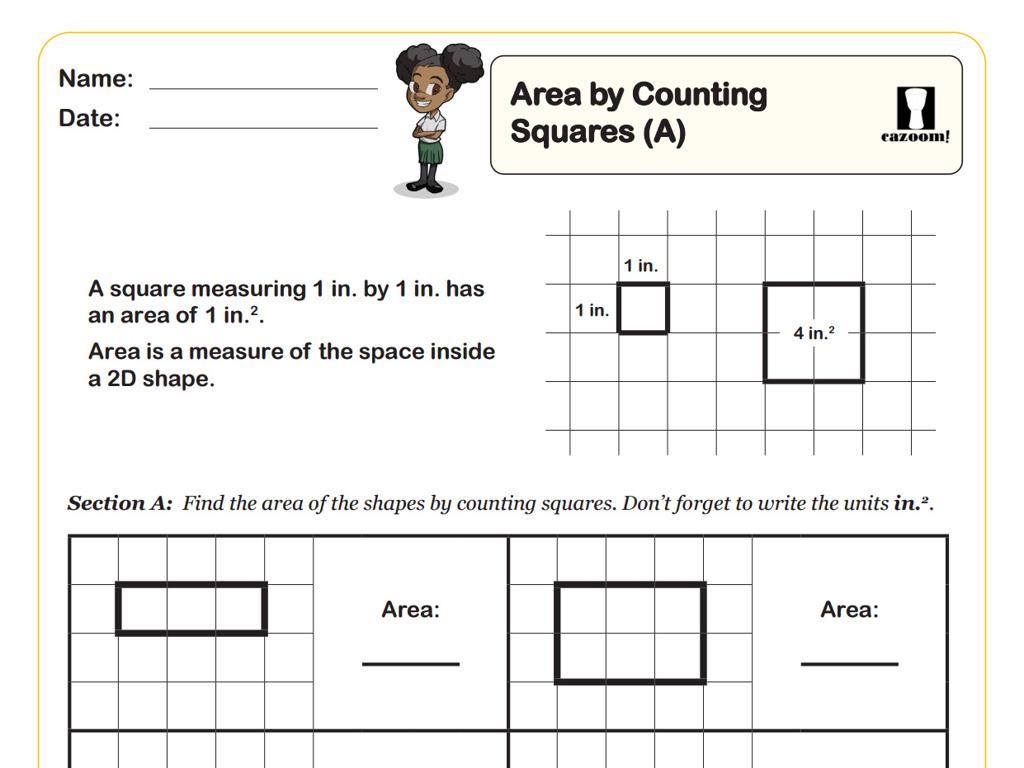Identify What Plant Parts Do
Subject: Science
Grade: First grade
Topic: Plants
Please LOG IN to download the presentation. Access is available to registered users only.
View More Content
Welcome to the World of Plants!
– What is a plant?
– Discover plant parts
– Roots, stem, leaves, flowers
– Learn the jobs of each part
– Roots hold plants in soil, leaves make food
– Plants are living things
– Like animals, plants grow and need care
|
This slide introduces students to the basics of botany. Start by asking the class what they know about plants to engage them. Explain that just like animals, plants are living things that grow, need nutrients, and can reproduce. Then, outline the main parts of a plant: roots, stem, leaves, and flowers, and discuss the role each part plays. Roots anchor the plant and absorb water and nutrients; stems support the plant; leaves are where photosynthesis happens to make food; flowers can make seeds for new plants. Use simple language and real-life examples that first graders can relate to, such as comparing plant parts to parts of their own bodies (e.g., roots are like feet, stem is like a body, leaves are like hands that make food, and flowers are like mouths for making new plants).
Meet the Plant Parts
– Plants have various parts
– Each part has a unique role
– Exploring roots, stems, leaves
– Roots hold plants in soil, stems support, leaves make food
– Discovering flowers and fruits
– Flowers attract pollinators, fruits hold seeds
|
This slide introduces the concept that plants, like humans, have different parts with different functions. It’s important to convey this in a relatable way, comparing plant parts to human body parts that the students are familiar with. Explain that roots are like feet because they hold the plant in place, stems are like legs because they support the plant, leaves are like a kitchen because they make food for the plant, flowers are like noses because they attract bees with their smell, and fruits are like pockets because they hold the seeds. Use simple language and real-life comparisons to make the information accessible to first graders. Encourage the students to think of questions about plant parts and what they do, which can be addressed in future lessons.
Roots: The Plant’s Anchor
– Roots grow under the ground
– They secure the plant in soil
– Like a seatbelt for the plant!
– Roots absorb water for growth
– They work like a straw to drink water
– Roots are essential for stability
|
This slide introduces the function of roots in plants, tailored for first graders. Begin by explaining that roots are the part of the plant that we usually don’t see because they are under the ground. They have two main jobs: to hold the plant steady in the soil, much like an anchor keeps a ship from drifting away, and to absorb water and nutrients from the soil, which the plant needs to grow. Compare the roots to a seatbelt that keeps the plant safe and secure, and to a straw that the plant uses to drink water. Encourage the children to think of times they’ve seen roots, perhaps when a plant is pulled from the ground, and to imagine how roots work to support the plant.
Stem: The Plant’s Elevator
– Stems act like plant elevators
– Just like an elevator moves people up and down, a stem moves essentials.
– They transport water and nutrients
– Water and food travel from roots to leaves and back down.
– Stems support the plant
– Like a strong building frame, stems hold up the plant.
– Keeps the plant upright
|
This slide introduces the function of the stem in a plant’s structure and survival. Explain to students that the stem has a crucial role, similar to an elevator, moving water and nutrients from the soil (roots) to the leaves, where photosynthesis happens, and then carrying food back down. Emphasize that without the stem, the plant would not be able to stand tall and would not survive. Use simple analogies and physical demonstrations, like using straws to show how stems work, to help first graders grasp the concept. Encourage them to touch and observe the stems of real plants if possible.
Leaves: The Plant’s Kitchen
– Leaves make food for the plant
– They use sunlight to create food, just like we make food in the kitchen.
– Photosynthesis: The food-making process
– It’s how plants use sunlight to make their own food.
– Leaves use sunlight, water, and air
– They breathe in carbon dioxide and use sunlight to turn it into food.
– Leaves are like a kitchen for the plant
|
This slide introduces the concept of leaves as an essential part of a plant, highlighting their role in photosynthesis. Explain to the students that leaves are like a kitchen for the plant where it makes its own food using ingredients like sunlight, water, and air. Simplify the process of photosynthesis by comparing it to a cooking recipe that the leaves follow to create food. Emphasize that without leaves, the plant would not be able to make the food it needs to grow. Use simple language and relatable analogies to help first graders grasp the concept. You can also include an activity where students can draw a leaf and label the parts that help it make food for the plant.
Flowers and Fruits: The Plant’s Family
– Flowers: The pretty part of plants
– Fruits: Flowers turn into fruits
– Fruits develop from flowers and contain seeds
– Seeds inside fruits
– Seeds are future baby plants
– Plants create families
– Like humans, plants have families too!
|
This slide introduces the concept of reproduction in plants to first graders by explaining the role of flowers and fruits. Flowers are not just for decoration; they are essential for making fruits, which carry seeds. These seeds can grow into new plants, allowing the plant to create a ‘family.’ Use simple language and relatable comparisons to human families to help students understand this natural process. Encourage students to think of examples of fruits they eat that have seeds and to imagine those seeds growing into new plants. This will help them grasp the concept of plant reproduction and the continuation of plant life.
Let’s Review: Plant Parts and Their Functions
– Name the parts of a plant
– Roots, stem, leaves, flowers, and fruits
– Functions of each part
– Roots absorb water, stem supports, leaves make food, flowers attract pollinators, fruits contain seeds
– Importance of plant parts
– Each part plays a role in plant’s survival and growth
– Class discussion
|
This slide is aimed at reviewing the different parts of a plant and their functions with first-grade students. Start by asking the students to name all the parts of a plant they can remember. Then, discuss the role of each part: roots for absorbing water and nutrients, stem for support and transport, leaves for photosynthesis, flowers for reproduction, and fruits for protecting seeds. Emphasize the importance of each part in helping the plant grow and stay healthy. Engage the class in a discussion by asking them why they think plants are important and what might happen if one of the parts was missing. This will help them understand the interdependence of the parts and the plant’s reliance on each for survival.
Class Activity: Plant Part Hats!
– Let’s make plant part hats
– Choose a plant part for your hat
– Create a hat that shows your part
– Use paper, colors, and creativity
– Wear it and explain its role
– Tell us how your part helps the plant
|
This activity is designed to help students learn about the different parts of a plant by creating a hat that represents a specific part such as a leaf, stem, root, or flower. Provide materials like construction paper, glue, scissors, and markers. Guide the students through choosing a plant part and assist them in crafting their hats. Once completed, each student will wear their hat and share with the class what their chosen plant part does, such as how leaves make food through photosynthesis, stems support the plant, roots absorb water and nutrients, or flowers help with plant reproduction. This hands-on activity not only reinforces their understanding of plant functions but also encourages public speaking and creativity.

